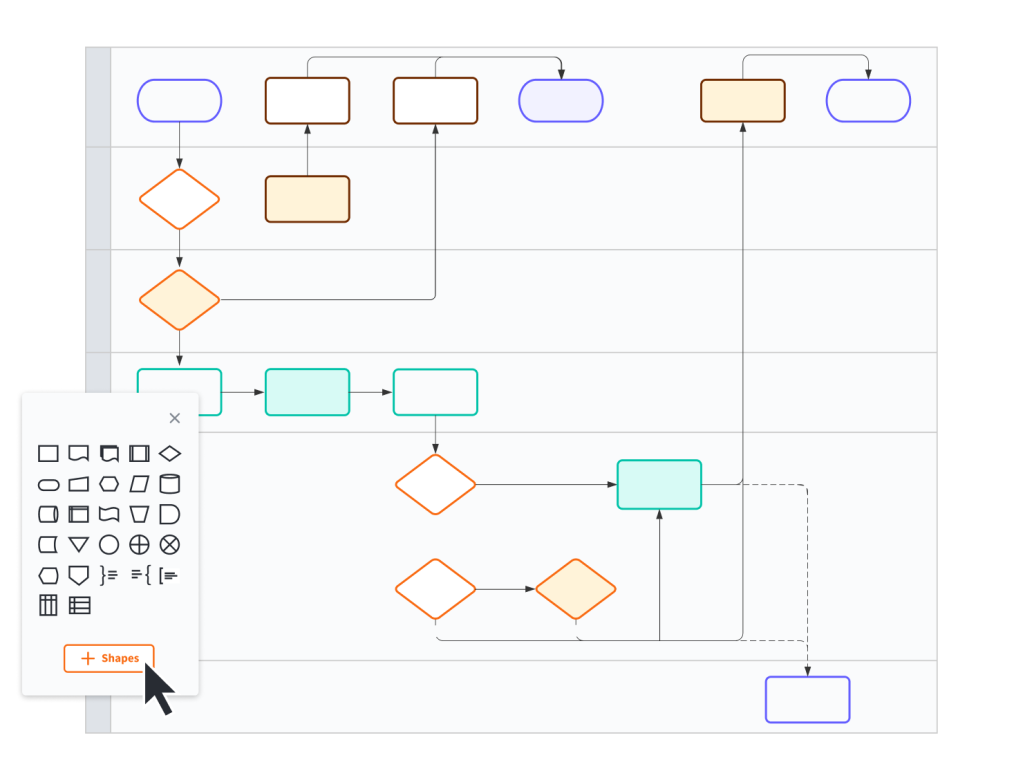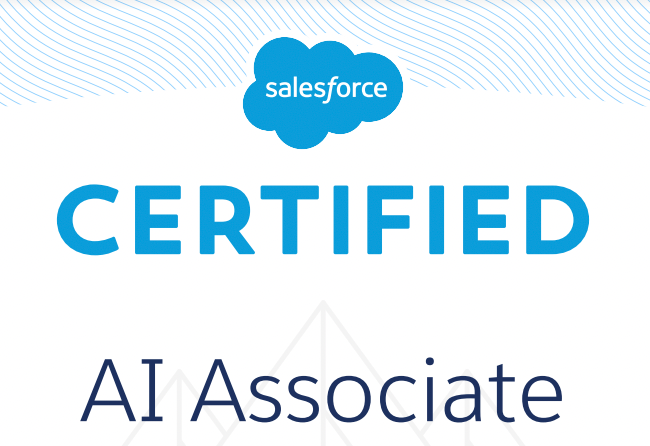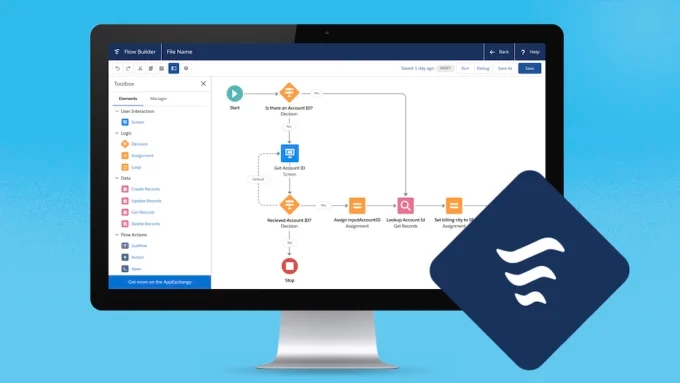Architecting methodologies can vary greatly depending on the individual and the unique needs of each client. My approach depends on whether a client has significant technical debt or minimal to no technical debt. Today, we will walk through the methodology used for a client with minimal to no technical debt.
The process begins with a series of two-hour Discovery sessions, which are conducted over several weeks, depending on the client’s size and the number of departments involved. After each session, I carefully review and refine the initial business process diagram to incorporate any new insights or requirements discovered during that session. This iterative approach ensures that the business process diagram evolves and becomes more comprehensive with each session.
Once all Discovery sessions are concluded and I have gained a holistic view of the client’s operations, I move on to constructing the second diagram. In this stage, I identify and document the core Salesforce objects, as well as establish a high-level understanding of how users will interact with the system, ensuring smooth interdepartmental handoffs. With a clear understanding of the business process and requirements gathered from the Discovery sessions, I can identify and document the core Salesforce objects that will form the backbone of the system.
Once I have that completed, I then generate the data model diagram to illustrate relationships and any additional objects that are necessary and associated with the foundational ones.
This approach allows me to first establish a solid foundation by mapping out the business process, then build upon it by defining the Salesforce objects and relationships that will support and streamline operations. By the end of this process, we have three essential diagrams that provide a comprehensive overview of the solution architecture, ready for implementation.
To illustrate this process, let’s explore an extremely simple business scenario together.
Business Scenario
In our practice a Patient will call our office, we collect their demographic information, verify their insurance and schedule their appointment. On the day of the appointment, the patient arrives and is seen by the doctor.
Below, you’ll find a visual depiction of the business process from end to end.

Now, I begin to develop how I foresee the user interacting with the system and which Salesforce objects are selected as the backbone structure.

- Patients Call In (Person Account, Patient Record Type):
- Salesforce Object: Person Account
- Description: This object captures patient demographics or the patients basic information (non-clinical data).
- Verify Insurance (Member Plan):
- Salesforce Object: Member Plan
- Description: The Member Plan object stores details about the insurance coverage for a member or subscriber.
- Insurance Coverage (Coverage Benefits):
- Salesforce Object: Coverage Benefit
- Description: the benefits provided to a covered member by a purchaser’s plan.
- Schedule Appointment (Service Appointment):
- Salesforce Object: Service Appointment
- Description: Service Appointments object manages appointment scheduling, storing details such as date, time, location, and associated patient information.
- Patient Seen (Encounter):
- Salesforce Object: Encounter
- Description: The Encounter object records patient interactions, documenting services provided during the appointment and any pertinent medical information.
Lastly, I create the data model to depict relationships and incorporate any additional objects necessary to support the foundational ones.
Note: While I’ve only presented two additional objects that support the foundational ones, there are others that I’ve chosen not to include in this diagram for the sake of simplicity.

With this approach, I’ve always found that laying a solid foundation is key, allowing for smoother operations and scalability. Each step in the process contributes to creating a detailed plan and roadmap for implementation. Ultimately, the aim is to ensure that every part of the solution is carefully thought out and executed, meeting the client’s needs and goals for both the present and the future.

Meet Vanessa
Solution Architect with over a decade of healthcare experience, skilled at delivering top-notch Salesforce solutions across industries.
Learn more about Vanessa on LinkedIn!




